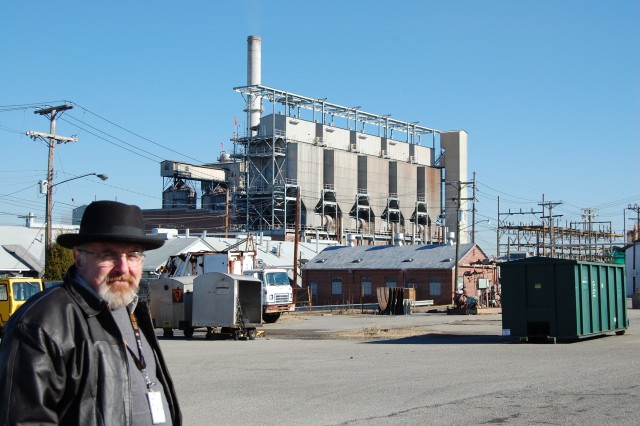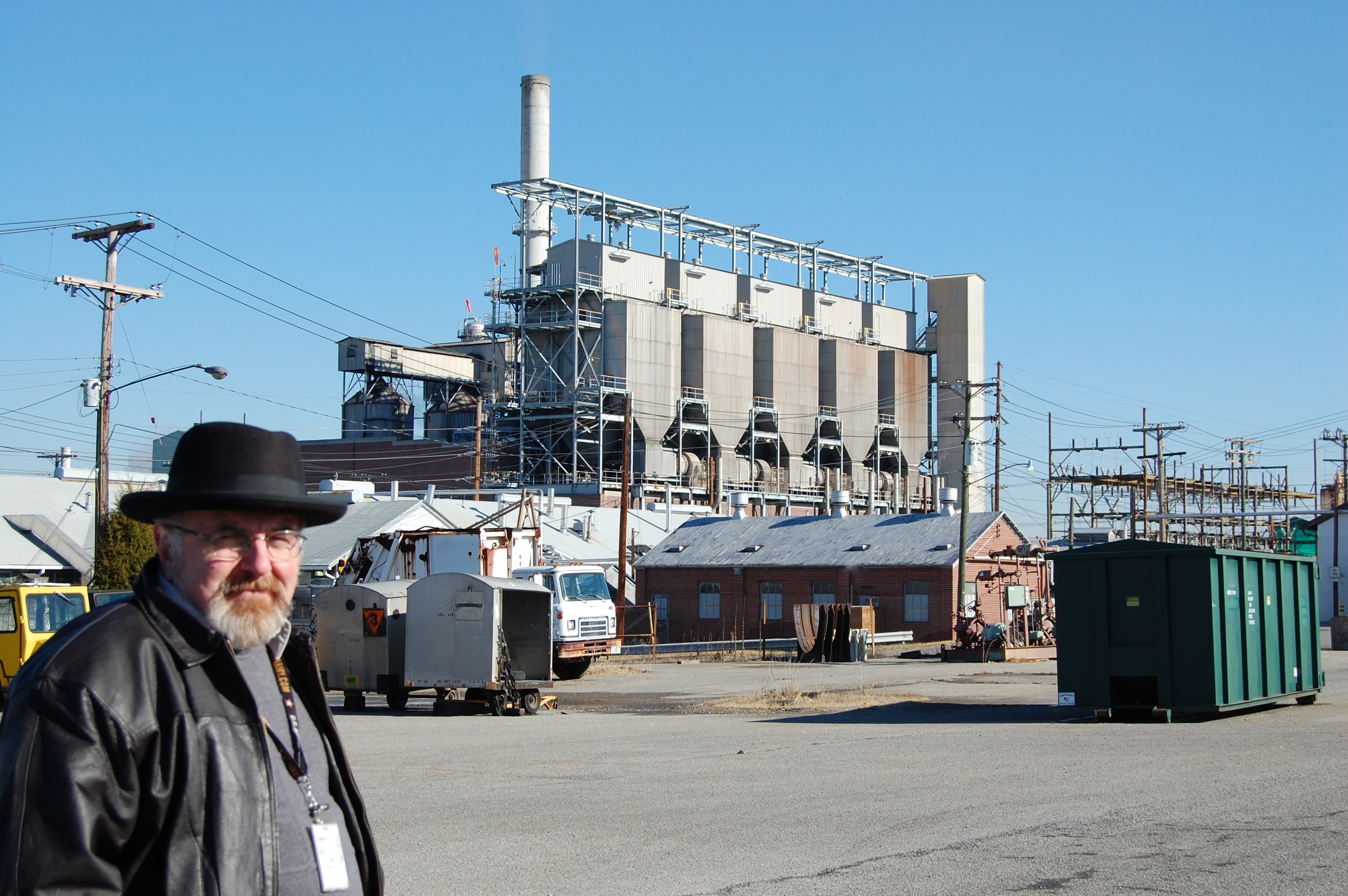RADFORD, Va. -- Conserving energy is one of the Army's and, in turn, Joint Munitions Command's top priorities.
"The more money you spend on energy, the less money you have (available) to spend on bullets for the warfighter and facility improvements at the plant," said Randolph Evans, the energy manager for Radford Army Ammunition Plant.
Evans is an industrial engineer at the plant and is recognized as a conventional fuels expert.
"Even though the Army is making gains in reducing energy use, we see fuel costs continuing to climb," said Evans. "It is important to increase the awareness of people in the plant about saving energy. Reducing energy consumption is everyone's responsibility, and it even includes water conservation. Most people don't realize that reducing water consumption reduces energy levels, since it takes energy to run water pumps and water treatment plants," he said.
Radford is one of four coal-fired plants within JMC.
"We have a combined heating plant that burns coal to produce steam that passes through turbines to produce electricity and then the residual steam is used for processes and comfort heating. We make around 50 percent of our own electricity," said Evans.
The buildings at the plant were designed in the 1930s and constructed in the 1940s; because of their age, Evans says there are lots of ways to improve their cost efficiency.
"The proactive efforts at Radford led by Randolph Evans are a great example of the champions we need to see everywhere on Army installations," said Don Juhasz, the chief of Army Energy and Utility Programs and the assistant chief of staff for Installation Management.
To improve energy management at Radford, steam meters with remote metering capabilities were installed to track where heat was going. Aerial infrared photos of the installation were taken to illustrate steam losses. According to Evans, these strategies showed what problem areas needed to be attacked first. Fixing these areas first has worked.
"Radford is now showing significant reductions in energy consumption in all recorded categories," said Evans. "We were thrilled to honor and recognize Radford at the Secretary of the Army Energy Management Awards last August for their contribution to reducing energy waste through their infrared overflight scans that revealed areas of steam leaks," said Juhasz.
Improving powerhouse efficiencies was also at the forefront of the energy conservation efforts.
"We have made improvements and continue to explore how to make the powerhouse more efficient and reliable," Evans said.
Radford's energy manager is also looking for new ways to increase efficiencies.
"We are planning an Energy Industry Day in the spring," said Evans. "We are inviting companies to come to the plant and demonstrate new energy technologies including renewable types of energy. The Energy Industry Day should give us an opportunity to learn about new technologies that are out there like new burners and more efficient pollution control systems," he continued. We're always looking for a way to do it better, do it faster, and do it cheaper," Evans said.
He has already investigated the possibilities of using wind power, as well as bio-mass and other alternative fuels.
"We are partnering with the university to set up a monitor to determine if wind power is feasible at the plant."
Unfortunately, according to Evans, this will probably not be possible, since the plant is located in a valley.
Evans offered advice for other energy managers within JMC. "Know what's using your energy. Look for inefficiencies and inherent losses, and see how you can correct them."


Social Sharing